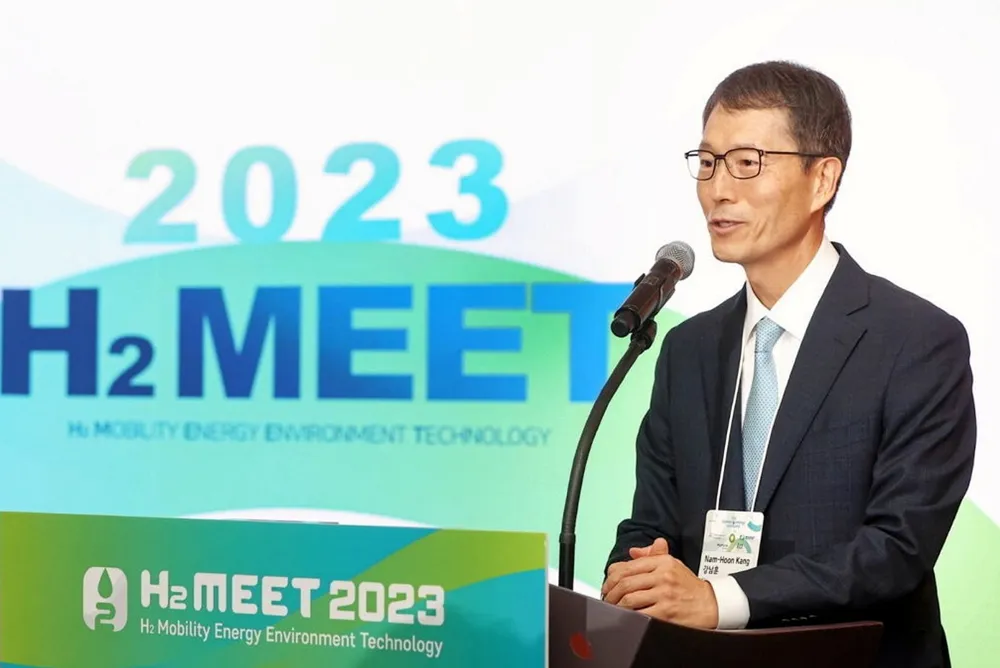INTERVIEW | ‘This is why sales of hydrogen cars are falling — even in South Korea’
Lack of charging infrastructure and H2 supply is damaging formerly buoyant Korean fuel cell car market

Lack of charging infrastructure and H2 supply is damaging formerly buoyant Korean fuel cell car market
